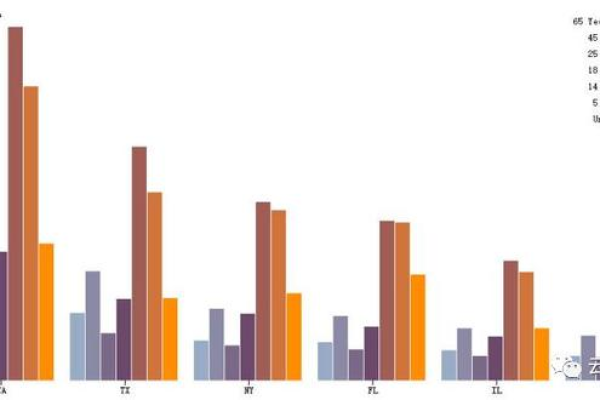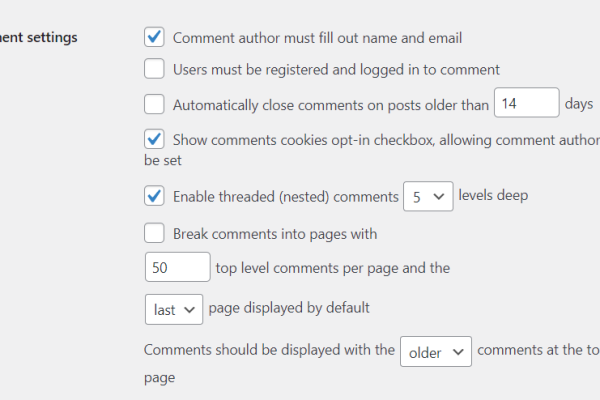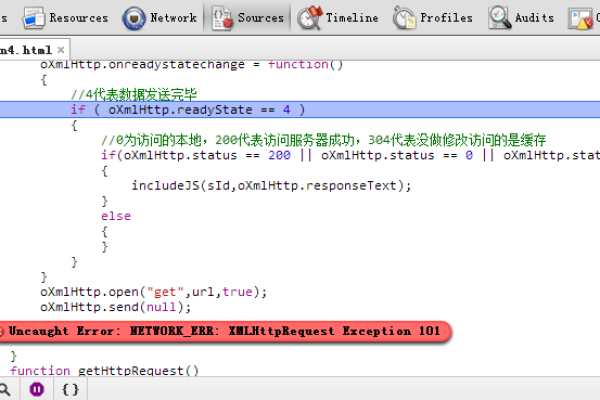如何在JavaScript中正确发起GET请求?
- 行业动态
- 2025-04-16
- 2
在JavaScript中使用GET请求可通过fetch或XMLHttpRequest实现,fetch方法简洁,用
fetch(url?key=value)发起请求,通过.then处理响应;XMLHttpRequest需实例化对象,设置open和onload方法,注意参数需用encodeURIComponent编码,异步回调处理数据。
在JavaScript中发起GET请求是前端开发中的常见需求,主要用于从服务器获取数据,以下是几种主流方法的详细说明及示例代码,帮助开发者根据场景选择合适的方式。
原生JavaScript实现GET请求
使用XMLHttpRequest
XMLHttpRequest是早期浏览器提供的API,兼容性良好。
// 创建XMLHttpRequest对象
const xhr = new XMLHttpRequest();
// 定义请求方法和URL
xhr.open('GET', 'https://api.example.com/data?param1=value1¶m2=value2', true);
// 设置请求完成后的回调
xhr.onload = function() {
if (xhr.status >= 200 && xhr.status < 300) {
const response = JSON.parse(xhr.responseText);
console.log('请求成功:', response);
} else {
console.error('请求失败:', xhr.statusText);
}
};
// 处理网络错误
xhr.onerror = function() {
console.error('网络错误');
};
// 发送请求
xhr.send();注意事项:
- 需手动处理响应数据的解析(如JSON)。
- 建议使用
encodeURIComponent对URL参数编码,避免特殊字符问题。
使用Fetch API
现代浏览器推荐使用fetch,语法更简洁且支持Promise。

// 定义请求URL
const url = 'https://api.example.com/data?param1=value1';
// 发起GET请求
fetch(url)
.then(response => {
if (!response.ok) {
throw new Error(`HTTP错误: ${response.status}`);
}
return response.json(); // 解析JSON数据
})
.then(data => console.log('请求成功:', data))
.catch(error => console.error('请求失败:', error));优势:
- 链式调用清晰,支持异步操作(可结合
async/await)。 - 默认不携带Cookie,需通过
credentials: 'include'配置。
第三方库实现GET请求
使用Axios
Axios是一个流行的HTTP库,支持浏览器和Node.js环境。
// 安装Axios后引入
import axios from 'axios';
// 发起GET请求
axios.get('https://api.example.com/data', {
params: { param1: 'value1', param2: 'value2' } // 自动处理参数编码
})
.then(response => console.log('请求成功:', response.data))
.catch(error => console.error('请求失败:', error));特点:
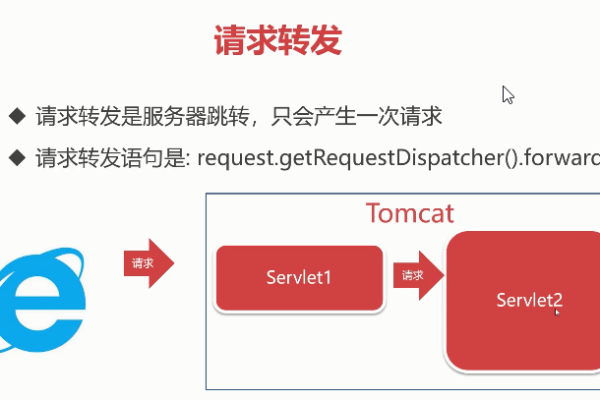
- 自动转换JSON数据。
- 支持请求拦截、取消等高级功能。
使用jQuery
如果项目中已引入jQuery,可使用$.ajax或$.get简化代码。
// 使用$.get方法
$.get('https://api.example.com/data', { param1: 'value1' }, function(data) {
console.log('请求成功:', data);
}).fail(function(error) {
console.error('请求失败:', error.statusText);
});GET请求的注意事项
参数编码
URL中的查询参数需通过encodeURIComponent处理,避免特殊字符(如空格、&)导致错误。const param = encodeURIComponent('特殊字符&测试'); const url = `https://api.example.com/data?param=${param}`;缓存问题
浏览器可能缓存GET请求结果,可通过添加时间戳或随机参数避免: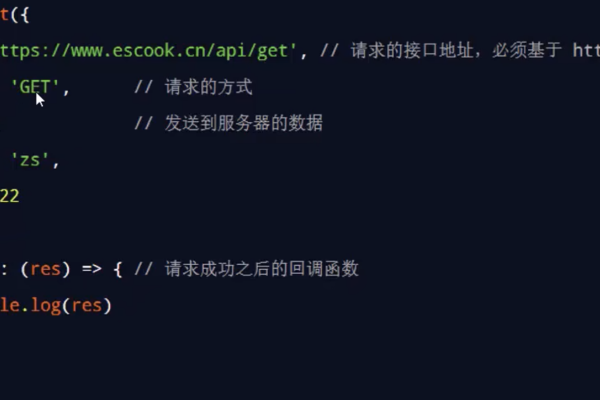
const url = `https://api.example.com/data?timestamp=${Date.now()}`;安全性
GET请求的参数暴露在URL中,敏感数据需使用POST请求或通过Headers传递。
- 原生方法推荐
fetch,语法现代且支持Promise。 - 复杂项目可选用Axios,简化错误处理和参数传递。
- 老旧项目兼容可使用
XMLHttpRequest或jQuery。
引用来源:
MDN Web Docs – Fetch API
Axios官方文档
